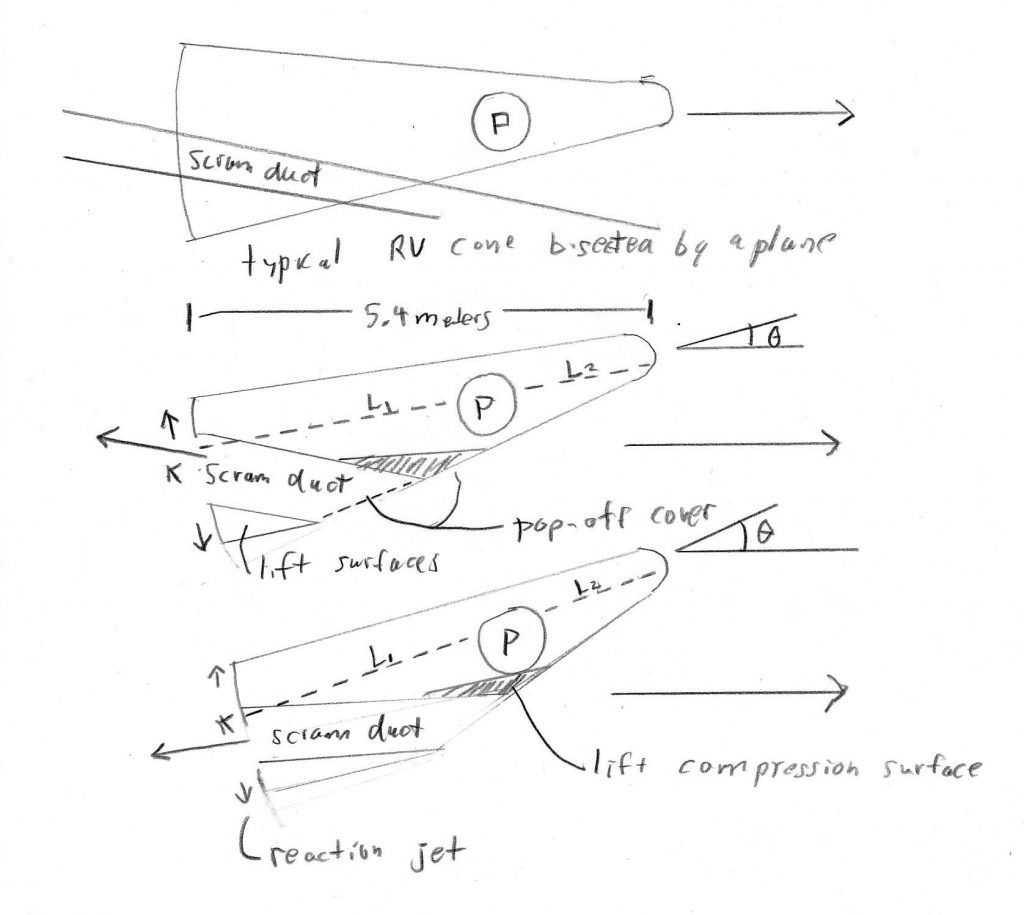(CNN) Donald Trump’s shocking, shameful about-face on Otto Warmbier, and (Reuters) Warmbier parents blast ‘evil’ North Korea regime after Trump praises Kim.
This is the seed of a great question: How do you convince the despotic leader of a country with which you are technically at war to trust your benign intent? Is lying off the table? Are there such things as white lies and black lies in diplomacy?
How good are you at reading people? Do you have an instinctive sense of when someone is lying? The range of this ability is surprising, both to those who have it, and those who don’t. Watching Trump, I saw what poker players call the “tell.” As Trump asserted that he believed Kim when he said he didn’t know anything about it, he blinked hard, his face twisted, and his posture went slightly off balance. I am at least reassured that Trump didn’t believe what he was saying.
Kim might not have been lying. The population of the prison camps is estimated at 150,000 to 200,000. Estimates of mortality vary from 40% to practically total. In a country of 25 million, a WAG (wild-ass guess) is that 8%-15% of the entire population die in these camps. It is easy to imagine that with all that killing, Otto Warmbier could have been lost in the shuffle.
So Trump might not have been lying. His body language might be from appearing to defend the indefensible.
These are crimes against humanity. For North Korea to trust, we must dispose of the suspicion that given the opportunity, we’d like to haul the leadership off to the Hague International Court of Justice. The U.S. ignored this kind of guilt once before, when Douglas MacArthur chose to retain Hirohito as emperor of Japan. Historical studies have revealed that he was most certainly an active collaborator in the enslavement of Asia. Dealing with a dictator,
You can’t have it both ways.
Although the target audience was actually Kim, Trump’s presentation faltered because he knew that the number of viewers who would believe he believed Kim’s denials was close to zero. It was a Maxwell Smart performance. Current domestic politics (from which this blog recuses) imposes an interpretation, and a judgement on Trump’s “faith” in Kim, that in another time might result merely in some raised eyebrows.
Long before internet intrigue, Abraham Lincoln observed:
You can fool all the people some of the time, and some of the people all the time, but you cannot fool all the people all the time.
This is clearly a domestic reference. Are there any circumstances under which it is permissible for POTUS to lie? Separating domestic politics, is it permissible to:
- Lie to a foreign adversary?
- Lie to a foreign ally?
- Lie to the electorate?
These are separate questions. If you can’t lie to an adversary, you are severely disadvantaged. There is actually a precedent in domestic law enforcement, necessary deception. Quoting policemag.com,
As the U.S. Supreme Court has repeatedly acknowledged, “Criminal activity is such that stealth and strategy are necessary weapons in the arsenal of the police officer.” (Sorrells v. U.S.) “Nor will the mere fact of deceit defeat a prosecution, for there are circumstances when the use of deceit is the only practicable law enforcement technique available.” (U.S. v. Russell).
With recusal from domestic politics, let’s narrow down some more. When is it advisable to lie to a foreign adversary? Try these criteria, separately or in combination:
- When our moral systems are so different that there cannot be the slightest of shared values.
- When the lie is indispensable to a moral foreign policy goal.
- When the adversary values the lie, which is the present case.
Vladimir Putin, whatever you want to say about him, is a fairly modern man, not subject to personal myth. He would not value the lie. Even the myth of Joseph Stalin was a conscious creation (see Montefiore’s Stalin: The Court of the Red Czar). Hitler was a believer in personal destiny, susceptible to lies that confirmed mystical beliefs.
Which of these characters is the best fit? Take a WAG.
